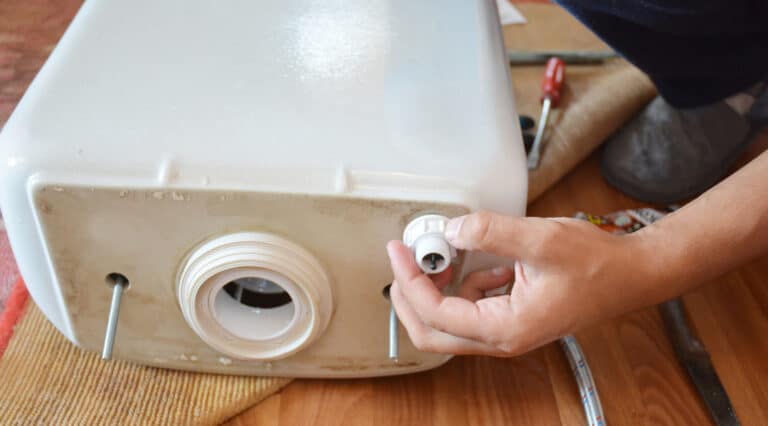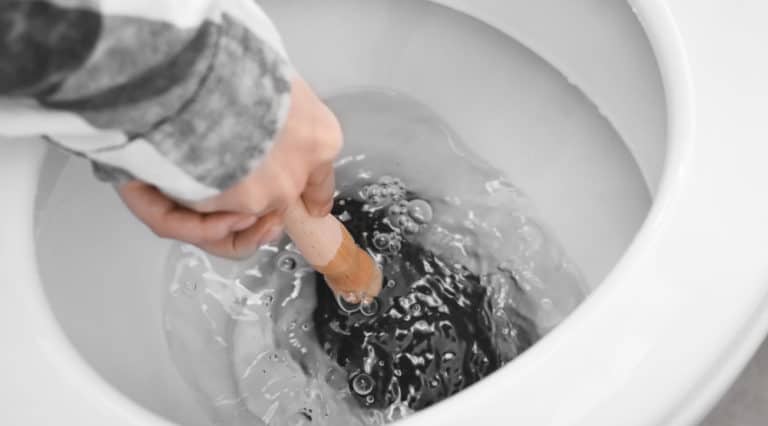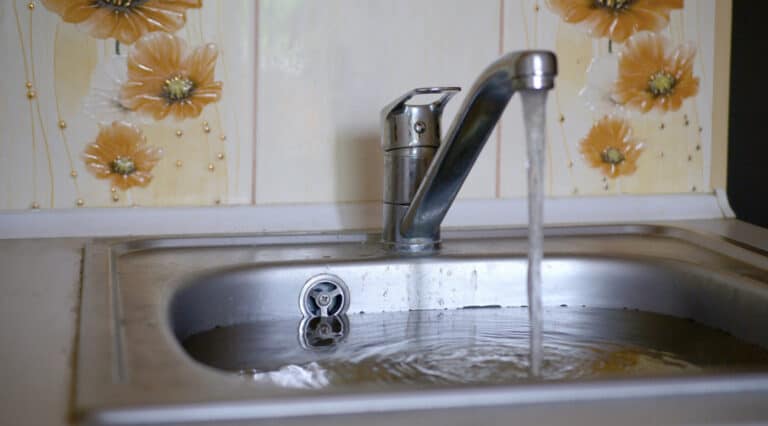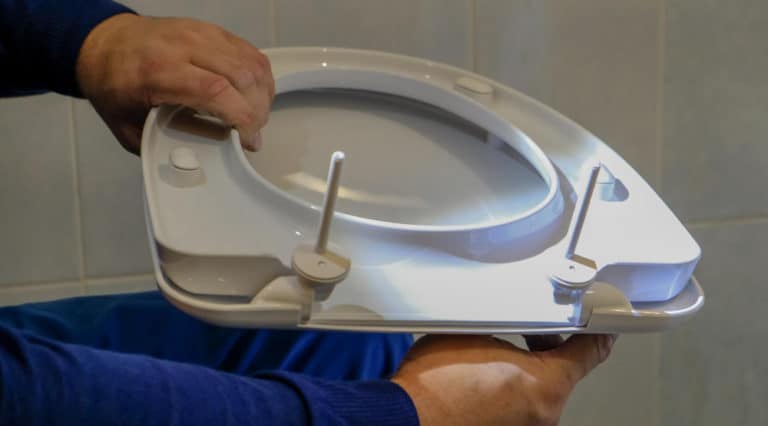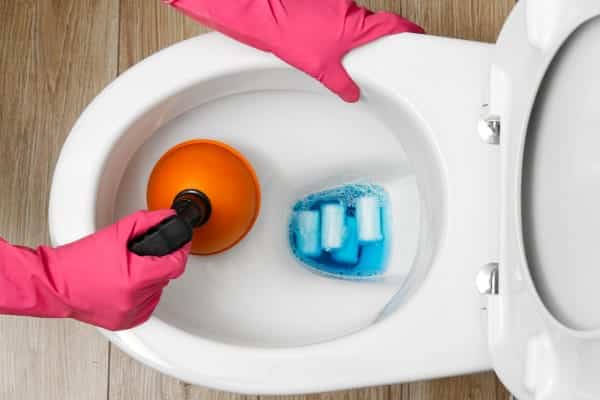Find My Local Expert Stop the Drip: Easy Steps to...
Read More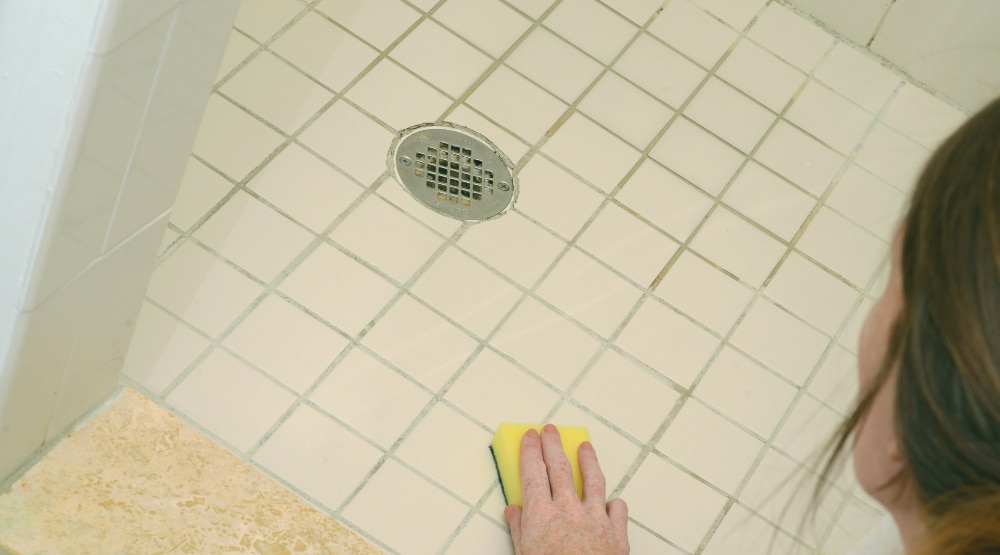
Shower Drain Size: What You Need to Know for Proper Drainage
Shower drains are essential components of your home plumbing system, yet they’re often overlooked. In order for water to move from the shower and down the drain, it needs to pass through a series of pipes and fixtures.
In this section, we will be discussing the importance of shower drain size for effective drainage. Choosing the right drain size is crucial for ensuring that water flows smoothly and efficiently during and after your shower.
The size of your shower drain plays a significant role in how quickly water drains out of your shower. A drain that is too small can lead to slow drainage, pooling water, and even potential water damage. On the other hand, a drain that is too large may not effectively capture all the water, leading to excess water on the floor.
To prevent these issues and achieve optimal drainage, it is important to understand the different factors that contribute to shower drain size and choose the appropriate one for your specific needs. These factors include the size of the shower tray or pan, the type of drain connections available, and the diameter requirements specified in current plumbing codes.
By ensuring that your shower drain size matches the requirements and specifications, you can enjoy a hassle-free shower experience with efficient water drainage. In the upcoming sections, we will delve deeper into shower drain sizes and the various considerations you should keep in mind when selecting the right one for your shower.
What is a Shower Drain
A drain for showers or commonly called as a floor drain is a crucial component of any bathroom shower system. Its main function is to remove water efficiently and effectively from the shower area to prevent pooling and potential water damage. A shower drain typically consists of a drain cover, which prevents any debris or objects from entering the drain pipes, and a drain pipe system that transports the water away from the shower area and into the main drainage system of the house. The size and design of a shower drain can vary depending on factors such as the size of the shower tray, the type of drain connections available, and the diameter requirements specified in plumbing codes. Ensuring the proper size and installation of a shower drain is important to maintain optimal drainage and prevent any issues such as slow drainage or excess water on the floor.
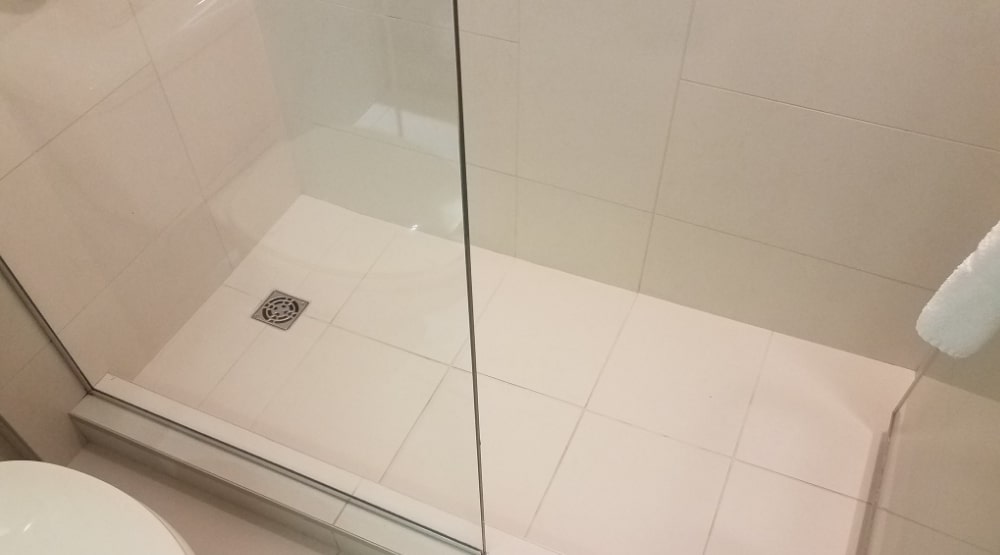
What does it do?
A shower drain serves a crucial role in the proper functioning of a shower, as it is designed to collect and remove excess water from the shower area. Acting as an integral component of the plumbing system, the shower drain effectively channels water to prevent pooling and potential water damage.
The purpose of a shower drain is to provide an outlet for excess water to flow into the drainage pipes. It is usually installed in the center or corner of the shower floor, allowing water to drain efficiently. Functionality is achieved through the use of small holes or slots in the drain cover, which allow water to enter while preventing larger objects from going down the drain.
Proper drain placement and sizing are essential for effective water removal and prevention of any water-related issues. A well-designed shower drain should have a sufficient capacity to handle the volume of water produced during showering. Inadequate drainage can lead to water buildup, potential flooding, and costly water damage.
Therefore, homeowners and plumbers need to be aware of the importance of selecting the right shower drain size and ensuring it complies with current plumbing codes. By implementing proper drain sizing and maintenance, one can enjoy a functional and trouble-free shower while keeping excess water and potential damage at bay.
What is the best shower drain size?
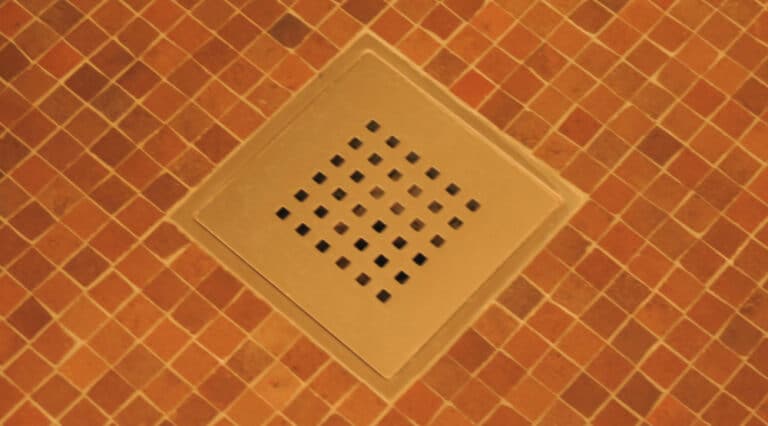
When determining the best shower drain size, there are several factors to consider. One important consideration is to ensure compliance with plumbing codes and practices. These codes stipulate the minimum and maximum drain sizes based on the fixture drain and floor drain requirements.
The size of the tub drain is another factor to consider. The shower drain should be able to accommodate the water flow or the incoming water from the tub drain without the risk of water buildup or flooding. It is recommended to match the size of the shower drain with the tub drain size for efficient water removal.
Additionally, the flow rate of the showerhead should be taken into account. A high flow rate showerhead will require a larger drain size to handle the volume of water being produced.
Some common standard shower drain sizes in the industry include 1-1/2 inch and 2-inch drains. However, it is essential to consult the current plumbing codes in your area to determine the exact size requirements.
Do I have to change my shower drain?
When considering whether to change your shower drain, several factors come into play. One crucial factor is the existing drain size. If your current drain is not adequately sized, it may struggle to handle the water flow from the shower, leading to water buildup and potential flooding. Matching the size of the shower drain with the tub drain size is recommended for optimal water removal.

Another factor to consider is the flow rate of your showerhead. If you have a high flow rate showerhead, it will produce a larger volume of water that needs to be drained efficiently. In this case, a larger drain size may be necessary to accommodate the increased water flow.
Additionally, it’s essential to consult the plumbing code requirements in your area. These codes stipulate the minimum size requirements for drain pipes and ensure compliance with current regulations. If your existing drain does not meet the recommended size requirements, changing the shower drain may be necessary to ensure optimal drainage and prevent any potential issues.
Overall, when evaluating whether to change your shower drain, consider factors such as existing drain size, showerhead flow rate, and plumbing code requirements. By addressing any shortcomings in these areas, you can ensure efficient water removal and mitigate the risk of water buildup or flooding.
Hire a Plumber
When it comes to shower drain installations or replacements, it is crucial to hire a professional plumber to ensure the job is done correctly. Plumbers have the expertise and knowledge needed to properly size and install shower drains, resulting in optimal functionality and performance.
One of the main reasons to hire a professional plumber is their understanding of the intricacies involved in shower drain installations. They have the necessary tools and experience to accurately assess the situation and determine the right size and type of drain for your specific needs. This ensures that the drain can handle the volume of water produced by your shower and prevents issues such as clogs or slow drainage.
In addition to proper sizing, professional plumbers have the skills to install the shower drain correctly. They have a thorough understanding of plumbing codes and regulations, guaranteeing that the installation meets all necessary requirements. This not only ensures compliance but also reduces the risk of leaks, water damage, or other plumbing issues down the line.
By hiring a professional plumber for your shower drain installation or replacement, you can have peace of mind knowing that the job will be done correctly and efficiently. Their expertise and knowledge in proper sizing and installation ensure optimal drainage and functionality, saving you time, money, and potential future headaches.
You May Also Like...
Steps to Unclogging Without a Plunger
Find My Local Expert Steps to Unclogging Without a Plunger...
Read MoreKitchen Sink Not Clogged but Won’t Drain? Try These Tips
Find My Local Expert Kitchen Sink Not Clogged but Won’t...
Read MoreHow to Replace a Toilet Bowl
Find My Local Expert How to Replace a Toilet Bowl...
Read More6 Reasons Why Your Toilet Bowl Isn’t Flushing
Find My Local Expert 6 Reasons Why Your Toilet Bowl...
Read MoreGot any Household Drain Issues?
My Trusted Expert Guarantee
Experts Have Been Vetted & Approved
